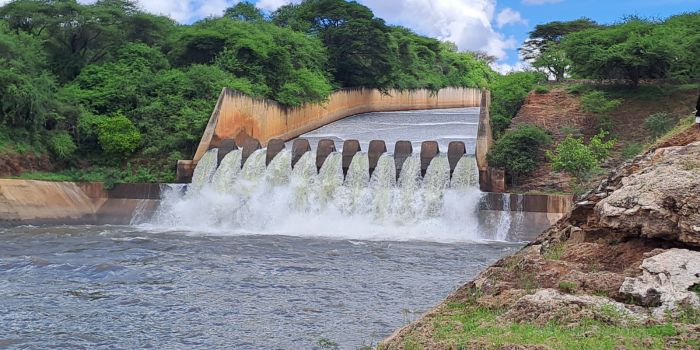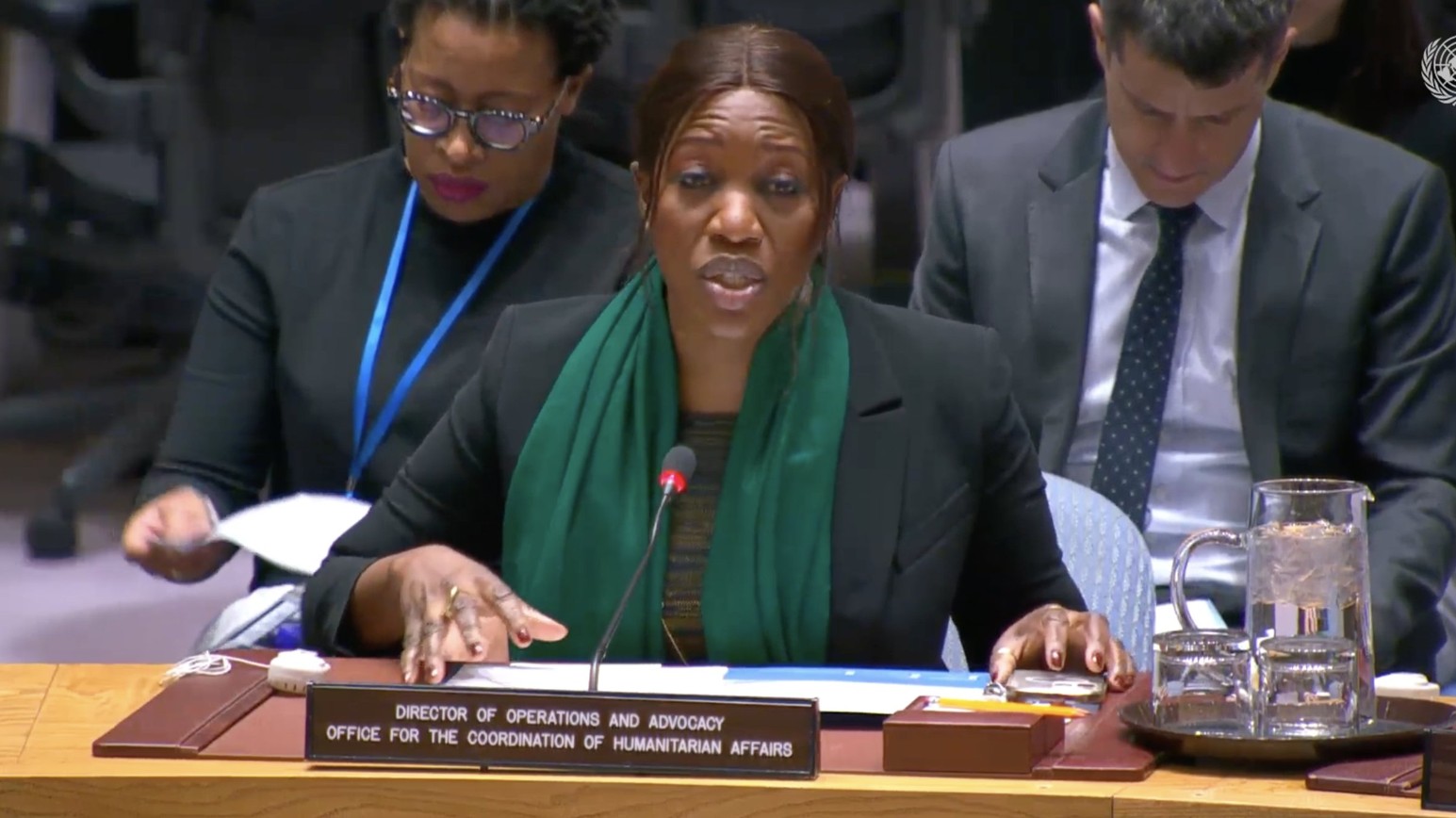Garissa, Tana River residents urged to evacuate as Masinga dam exceeds capacity

According to Energy Principal Secretary Alex Wachira, the dam’s water level has risen to 1,057.15 meters above sea level, well beyond its maximum capacity of 1,056.5 meters.
Garissa and Tana River counties have been put on high alert as the government warned of imminent flooding following the overflow of Masinga Dam, whose water levels have now surpassed their safe threshold.
According to Energy Principal Secretary Alex Wachira, the dam’s water level has risen to 1,057.15 meters above sea level, well beyond its maximum capacity of 1,056.5 meters and continues to climb due to heavy rainfall and increased inflows from the Aberdares and Thiba River.
More To Read
- State issues urgent evacuation order as Kiambere Dam overflows, flood fears rise in Lower Tana
- How disquiet over villages cluster project ignited deadly Tana River clashes
- Flood-damaged Tana Delta schools to be permanently relocated – CS Machogu
- Floods leave hundreds of Garissa farmers struggling to survive
- Flood-affected Garissa farmers hold protest in demand for government help
- Agony of more than 3,000 learners idling in IDP camps in Tana River
“The situation is serious, and residents living near riverbanks, especially in Garissa and Tana River, should move to higher ground immediately,” Wachira warned.
“The dam has started to overflow naturally, and we are closely monitoring all hydropower stations within the Seven Forks cascade.”
The PS said inflows into the dam had reached 253.81 cubic meters per second and warned that further rainfall could aggravate the situation. He also confirmed that emergency response protocols had been activated in collaboration with relevant government agencies and local authorities.
“As the Ministry responsible for Energy, we wish to reassure Kenyans that the government is closely monitoring the situation across the Seven Forks hydropower cascade dams and is coordinating all relevant agencies to respond swiftly and decisively to protect lives, livelihoods and infrastructure,” Wachira said.
He added that the government would continue providing timely updates and support to affected communities and reaffirmed its commitment to strengthening climate resilience across the energy sector.
KenGen CEO Peter Njenga, who accompanied the PS during an inspection of the hydropower facilities, said Masinga Dam began overflowing on April 30, with Kiambere Dam also exceeding its full capacity of 700 meters above sea level as of May 14.
“As of May 14, Masinga Dam was 0.65 meters above its full supply level (1056.5 mASL), while Kiambere Dam was 0.27 meters above its full supply level (700 mASL),” he said.
“These developments are due to increased inflows from the Thiba River and the Aberdares.”
Njenga noted that despite the overflows, Kenya’s electricity supply remains stable and uninterrupted.
“These unprecedented rainfall patterns actually present an opportunity for our hydropower generation capacity,” Wachira said.
“We’re also exploring a plan to raise the dam by 1.5 metres to improve water holding capacity and prevent future flooding.”
KenGen noted that it has expanded community outreach efforts in vulnerable regions, urging residents to relocate from flood-prone areas and assuring the public that the Seven Forks cascade, responsible for storing over 2.3 billion cubic meters of water, is functioning as both a power generation and flood management infrastructure.
“Our responsibility extends beyond simply generating electricity. We’re committed to being responsible stewards of these water resources and protecting the communities that could be affected by changing conditions,” Njenga said.
The government has pledged to continue monitoring and coordinating a response to the evolving situation, which officials have described as a historic weather event driven by climate variability.
Top Stories Today
















































